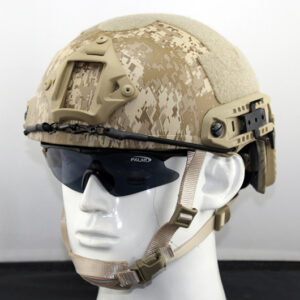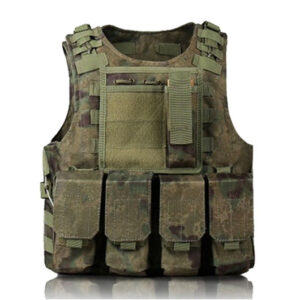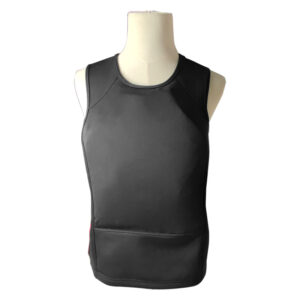The police baton is a vital tool in law enforcement, serving as an essential instrument for crowd control and self-defense. In this comprehensive article, we will explore the history, types, training, and effectiveness of police batons. From its early origins to the modern-day versions, we will delve into the significance and challenges of utilizing this non-lethal weapon in maintaining public order and officer safety.
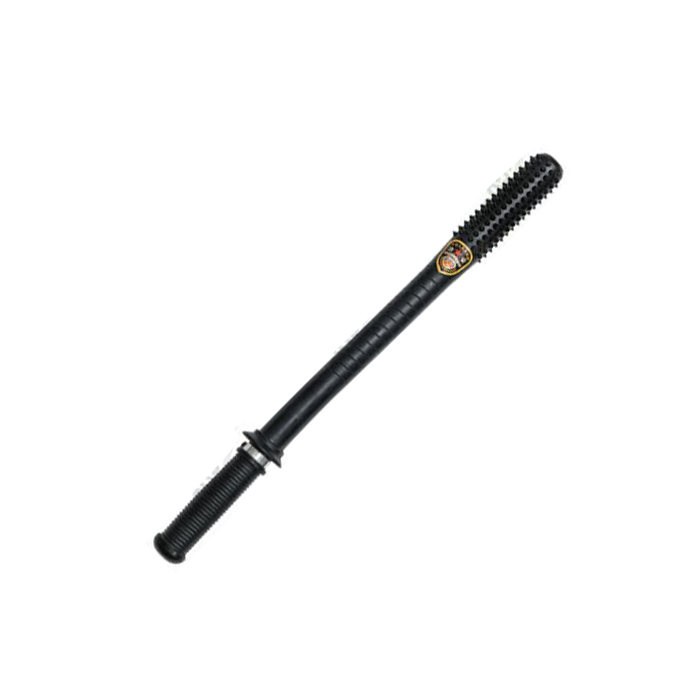
Section 1: Historical Evolution of Police Batons
The use of batons by law enforcement dates back centuries, with historical references to various forms of clubs and sticks used by ancient civilizations for crowd control and defense. As societies evolved, so did the design and materials of police batons. From wooden truncheons to modern expandable batons made of high-strength metals and composite materials, advancements have been made to enhance portability and functionality.
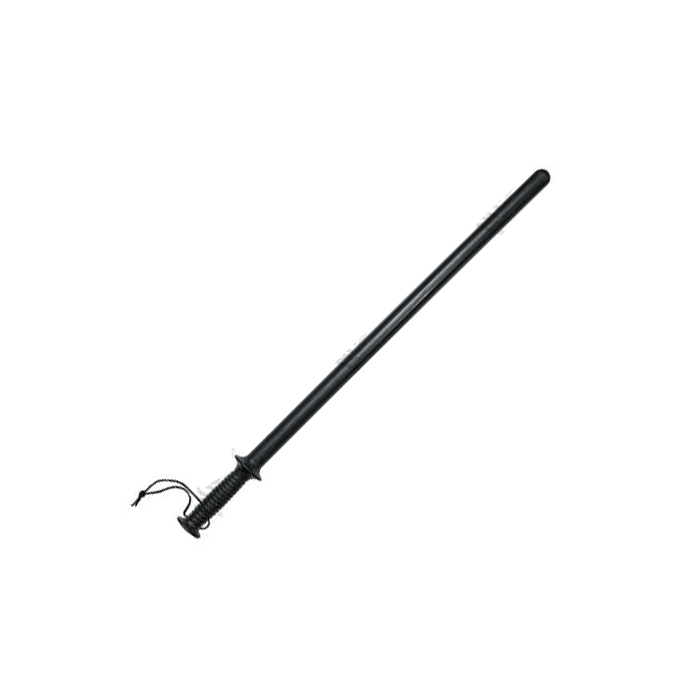
Section 2: Types and Variations
Police batons come in various types, each with its distinct advantages and applications. The traditional straight baton offers simplicity and reliability, while the collapsible or telescopic baton provides officers with the ability to adjust its length for different scenarios. Additionally, the side-handle baton offers enhanced control and versatility, making it a popular choice for specialized units.
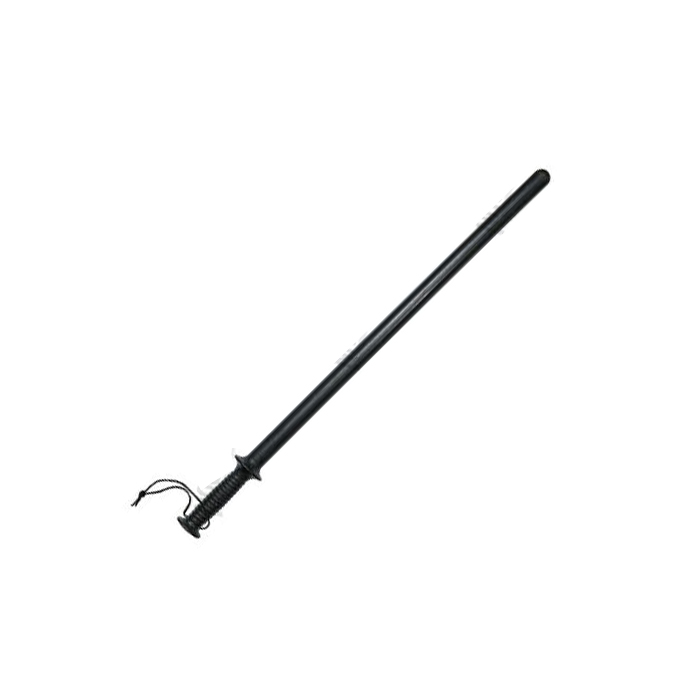
Section 3: Training and Skill Development
Utilizing a police baton effectively requires specialized training to ensure proper techniques and minimize the risk of injury to both officers and subjects. Law enforcement agencies conduct rigorous training programs that cover striking techniques, defensive postures, and de-escalation strategies to enable officers to handle situations with confidence and professionalism.
Section 4: Crowd Control and Riot Situations
In crowd control and riot scenarios, police batons play a crucial role in dispersing unruly crowds and restoring order. Officers employ batons in a controlled and measured manner, focusing on minimizing injuries while effectively creating a physical barrier to deter aggression. The mere presence of batons can often de-escalate tense situations, preventing further escalation.
Section 5: Use of Force Considerations
The use of police batons is subject to strict use of force guidelines and legal considerations. Officers must apply the appropriate level of force based on the perceived threat and the subject’s actions. Law enforcement agencies emphasize the importance of using batons as a means of control and restraint rather than as a weapon of aggression, with the goal of achieving compliance and minimizing injuries.
Section 6: Officer Safety and Personal Defense
For law enforcement officers, the police baton is not only a tool for crowd control but also a means of self-defense in confrontational situations. When faced with violent or combative individuals, officers can employ batons to create distance and protect themselves and others from harm, providing an important layer of protection in the line of duty.
The police baton remains a critical non-lethal tool for law enforcement officers, serving as an effective instrument for crowd control and personal defense. With a rich history and ongoing advancements in design and training, police batons continue to play a vital role in maintaining public order while ensuring officer safety. Through proper training, adherence to use of force guidelines, and the responsible application of baton techniques, law enforcement professionals can wield this essential tool with skill and professionalism, fostering safer communities and effective law enforcement.
